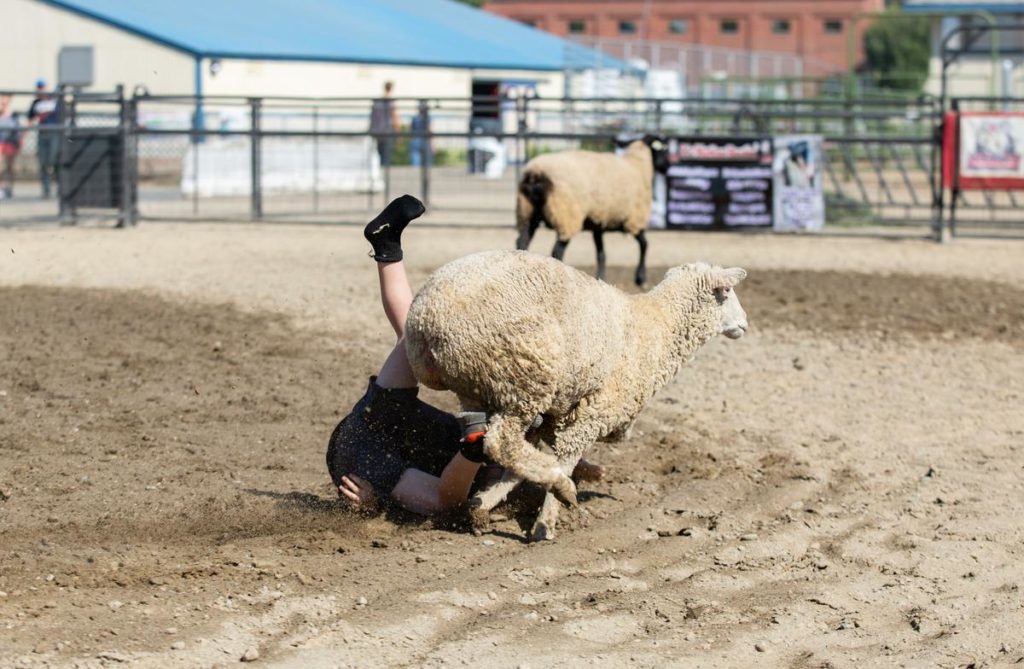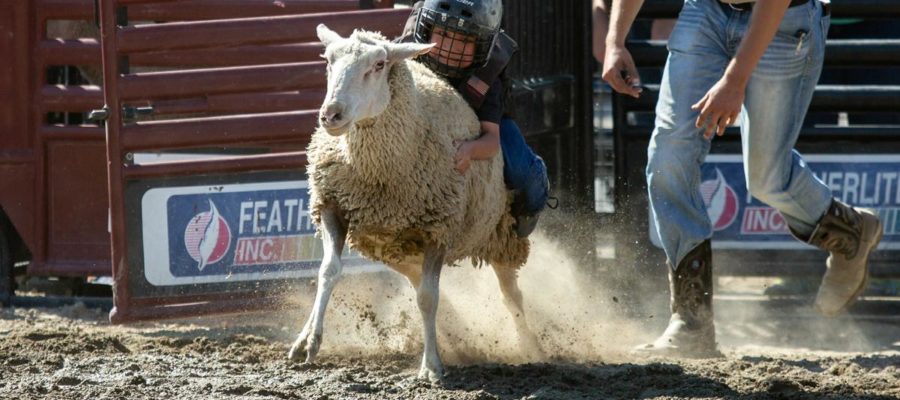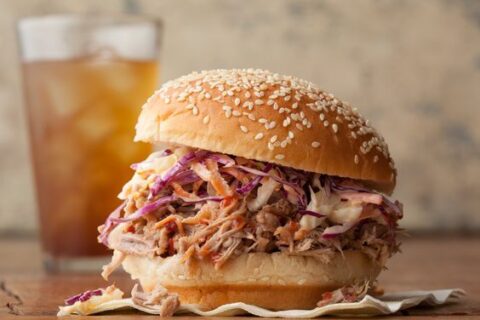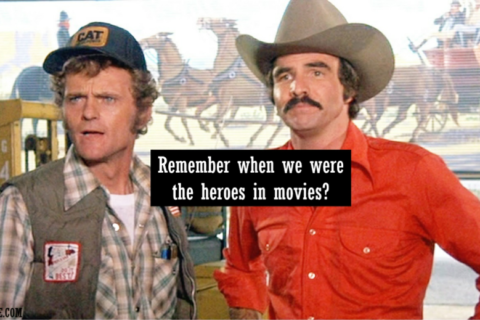Decked out in chaps with tassels dangling and a white cowboy hat, Junior nervously strolled out to the white steel-tubing, seven-foot tall livestock corral. Daddy imparted a bit of instructional wisdom with a deep, jocular drawl, “Remember son, hold on real tight and dig your feet into the pocket of that beast.” Junior nodded as the creature, twice his own weight, seemed to glare at him with dark black eyes in a strange sort of a competitive challenge. In a unsure mix of bravery, trying to overcome his own nervousness, Junior gutsily replied, “I can do this Dad!”
Within seconds, a burly old cowboy only known as “Tex” grinned kindly as he grabbed and lowered Junior down onto the beast awaiting in the chute with one simultaneous question, “Are you ready?” Junior nodded. Immediately the gate blew open like an old trailer house hit by a West Texas tornado. Junior instinctively gripped deeply into the unkempt mop-like fur as the animal darted from the chute. The boy’s legs held firmly to the beast’s shaggy flanks as his hands hammered-down like a pair of well-proven vice grips. Ten seconds later Junior face planted into freshly-plowed soft sandy-loam rodeo dirt. Like a silly sort of guardian angel, a tall, slim rodeo clown appeared to protect as Junior grabbed onto his hand and gave a proud bow to the audience. With a beast conquered and the look of satisfaction on his face, the little cowboy strutted gloriously out of the rodeo arena.

Mutton busting is a contest where young children, about four to seven years old and under fifty-five pounds, ride a sheep longer and/or with more style than their peers. Basically, think bull riding but in miniature form. The judging is done by the same folks who also score bull riding competitions. Rules do vary so it’s always wise to call the rodeo or state fair in advance to ask for their own specifics. It’s often evaluated on a one hundred points scale; the little rider must stay on the animal for at least six or eight seconds just to qualify. After that, the judges might award points on style and qualities like speed. The ride can also be luck of the draw as there are a few sheep who refuse to leave the starting chute, some that go on a leisurely walk, while others dart out in a wild fury. Protective gear can vary from almost nothing to a kevlar vest and helmet with a steel face-guard. Spurs aren’t allowed for the both the safety of the animal and the child. Notwithstanding, at the ripe old age of seven or eight most of these young cowboys finally retire.
Young cowboys on the ranch have always dared themselves and others to ride animals on the farm. They want to emulate the tough cowboy who braves himself riding two thousand pounds of hoof and horn. Yet surprisingly, mutton busting as a sport wasn’t around when I was a child. Back then, we could only hope to be the one amongst dozens who could pull the ribbon off the calf’s tail. Formal mutton busting itself didn’t emerge until the early 1980’s when it was introduced by former rodeo queen Nancy Stockdale. Since then, it has expanded into rodeos and state fairs throughout the whole of Dixie and a few other areas in the heartland. Thousands of children proudly brave mutton busting each and every year. Though money can sometimes be involved, the main physical prize for winning is the coveted belt buckle. It’s a trophy kids can actually wear to tells others they rode in the rodeo.
A rite of passage is a cultural specific ceremony or ritual that signifies moving from one stage of life into the next. Nations and ethnic groups worldwide usually have a rite of passage that displays the unique character and values of their people. As a Christian folk, our practices should help build confidence, bravery, character, pride and personal satisfaction within our own children. In mutton busting, children learn those things and more as they pick themselves up when they fall and better prepare themselves for future life challenges.
In conclusion, mutton busting has the positive characteristics to be our own unique rite of passage to signify that a Southern baby or toddler has moved into childhood. To help prove this point, do you know that sheep are actually mentioned in the Bible more than five-hundred times? Of course, as the word of God the Bible can never be “baaaaaaaad!”
-By Rex Stetson

O I’m a good old rebel, now that’s just what I am. For this “fair land of freedom” I do not care at all. I’m glad I fit against it, I only wish we’d won, And I don’t want no pardon for anything I done.






Rites of passage are extremely important and young people are extremely compelled to fulfill them. In the absence of good and wholesome rites for them to fulfill they will invent new ones, often unwholesome. We should extoll the good ones and perhaps invent some new ones for the benefit of future generations.